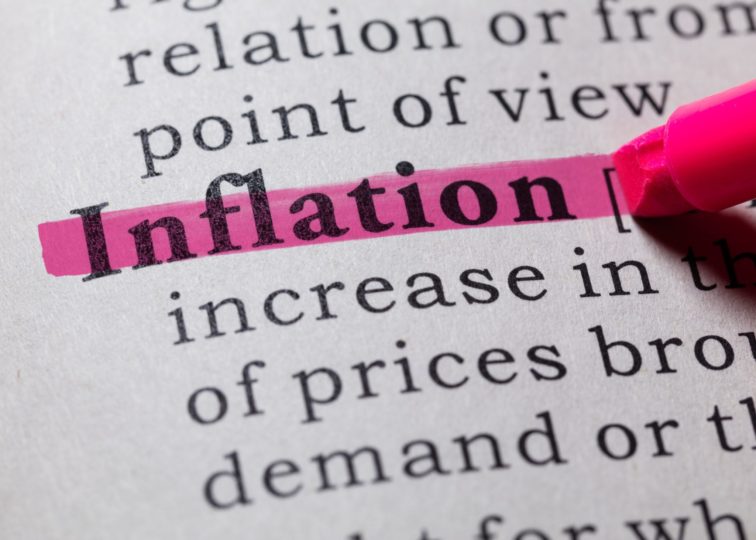
Blog
The Fed’s Preferred Inflation Gauge Rose Less Than Expected in August
September 29, 2023
The Federal Reserve’s preferred indicator of inflation rose less than expected in August, in a welcoming sign that the central bank’s fight against inflation is making progress.
When most analysts and economists discuss the inflation rate, they are referring to the consumer price index (CPI). However, the Fed prefers to use the personal consumption expenditures (PCE) index, because it accounts for shifts in consumer behavior, such as substituting lower-priced goods for more expensive items. PCE is generally in line with the CPI but tends to run a bit cooler.
PCE increased 0.4% in August from the month prior and 3.5% from a year ago. Headline inflation has been creeping higher in recent months after hitting 3.2% in June. The so-called “core” PCE, which excludes volatile components like food and energy and is considered by economists to be a better indicator of inflationary trends, increased 0.1% for the month, lower than the 0.2% gain that economists surveyed by Dow Jones had expected. That was the smallest monthly gain since November 2020 and the first time in nearly two that the annual core PCE gain was lower than 4%.
The month’s inflation was largely driven by higher energy costs, which accelerated 6.1% for the month. Food prices, meanwhile, increased just 0.2% from the month prior. On an annual basis, energy was down 3.6% while food increased 3.1%.
